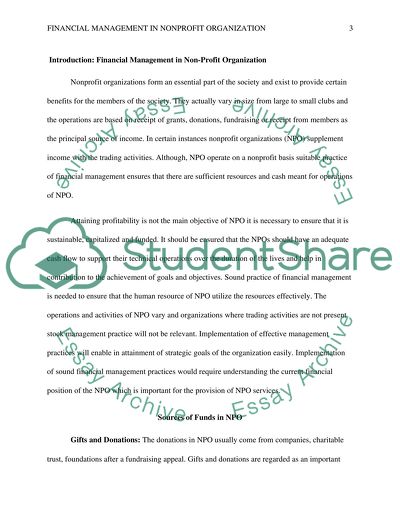Cite this document
(“FINANICAL MANAGEMENT IN NONPROFIT ORGANIZATION Term Paper”, n.d.)
FINANICAL MANAGEMENT IN NONPROFIT ORGANIZATION Term Paper. Retrieved from https://studentshare.org/finance-accounting/1481224-finanical-management-in-nonprofit-organization
FINANICAL MANAGEMENT IN NONPROFIT ORGANIZATION Term Paper. Retrieved from https://studentshare.org/finance-accounting/1481224-finanical-management-in-nonprofit-organization
(FINANICAL MANAGEMENT IN NONPROFIT ORGANIZATION Term Paper)
FINANICAL MANAGEMENT IN NONPROFIT ORGANIZATION Term Paper. https://studentshare.org/finance-accounting/1481224-finanical-management-in-nonprofit-organization.
FINANICAL MANAGEMENT IN NONPROFIT ORGANIZATION Term Paper. https://studentshare.org/finance-accounting/1481224-finanical-management-in-nonprofit-organization.
“FINANICAL MANAGEMENT IN NONPROFIT ORGANIZATION Term Paper”, n.d. https://studentshare.org/finance-accounting/1481224-finanical-management-in-nonprofit-organization.


